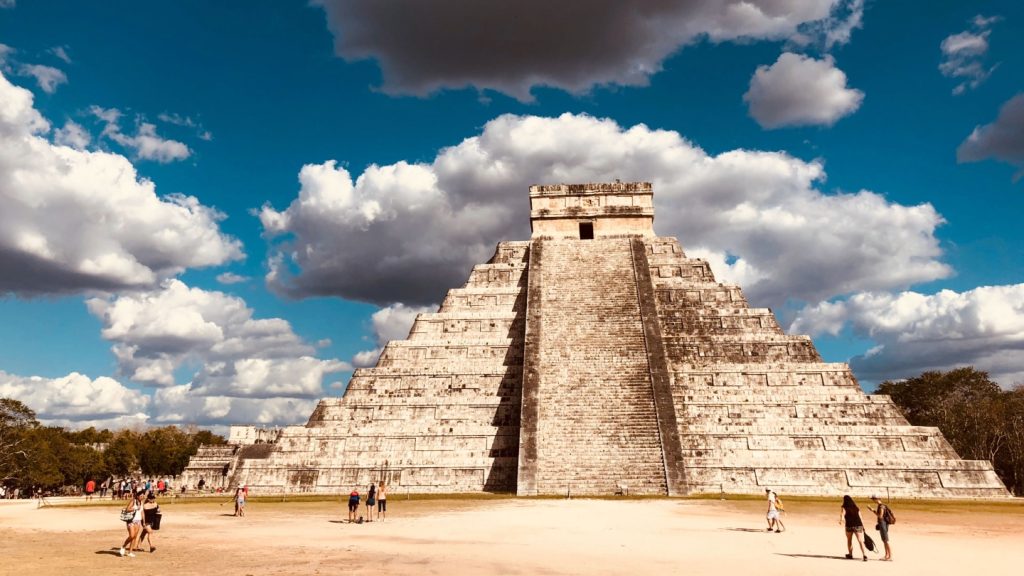In a recent study published in Nature, genetic evidence reveals that an ancient Maya site in Chichén Itzá contained a burial chamber with remains of more than 100 people. The DNA analysis identified the bodies as males, with ages ranging from 3 to 6, including twins and close relatives. The boys had consumed similar diets, suggesting they grew up in the same households, hinting at familial connections.
The sacrificial ritual involving these young boys was possibly related to fertility rites or rain invocation ceremonies, according to the researchers. The boys may have been selected as offerings to ensure the growth of maize crops or appease the rain deity Chaac in Maya beliefs. The underground chamber was originally used as an artificial cave but repurposed for ritual burials, possibly involving children representing mythological figures like the Hero Twins from Maya narratives.
The Hero Twins from Maya mythology were known for their journey to avenge family members and outwit underworld gods, suggesting a connection to the sacrificial context at Chichén Itzá. The boys interred in the chamber were dated from around A.D. 500 to A.D. 900, with some remains showing signs of sacrificial deaths. The rituals involving male twins as offerings were likely associated with agricultural practices and invoking rainfall during droughts in ancient Yucatec rain invocation ceremonies.
The discovery aligns with the pattern observed at other ancient Mesoamerican sites, where the gender of the deity receiving sacrifices determined the sex of the sacrificial victims. Sacrificed children found at other sites such as an Aztec temple in Mexico and Midnight Terror Cave in Belize exhibited similar patterns based on deity association. More genetic analysis and research are needed to understand the complexities of ancient Maya rituals and sacrificial practices in different contexts and geographical locations.
The sacrificial practices at Chichén Itzá and other Maya sites were diverse and multifaceted, reflecting the unique religious beliefs and societal structures of the ancient civilization. The rituals involved gender-specific offerings and elaborate ceremonies, including the removal of body parts for public display. Further exploration of these sites and continued genetic investigations will shed light on the intricate relationship between mythological narratives, environmental beliefs, and sacrificial customs in ancient Maya culture.















